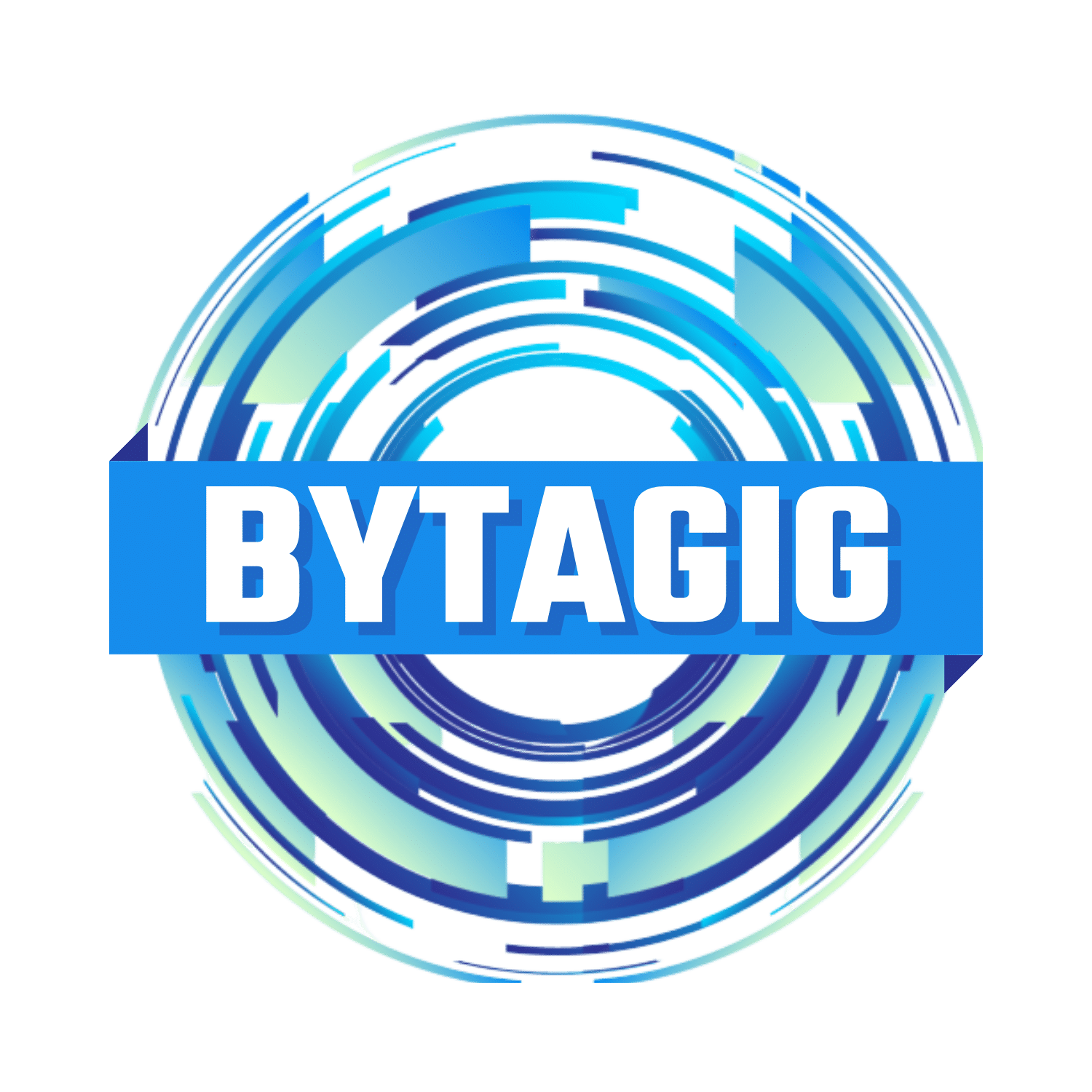
03 Aug It’s Time to Strengthen Your Website Security
Websites are invaluable, mandatory tools for a thriving business, regardless of size. But more than ever, securing these web domains is of critical importance, not only because websites house sensitive consumer and customer information, but also because they’re a gateway for potential threat actors to exploit weaknesses and steal data.When you hear ‘strengthen website security,’ you might imagine the need for in-depth restructuring of code or calling in cybersecurity experts, if not available. But there are simple, accessible resources capable of boosting website cybersecurity, based on secure design.
Importance of website security
More than ever, protecting your domain is important. A website contains sensitive information, records, and even administrator privileges if penetrated by skilled malicious actors. More importantly, depending on the industry you operate in (such as fiscal or medical), serious penalties can occur if you fail to maintain website security.
Furthermore, healthy website security is profitable. For example, good website security ensures minimal downtime and that your operations run smoothly on a predictable basis. Additionally, strong, secure websites have better engagement and rank better for SEO (search engine optimization). That maintains healthy traffic and increases customer service opportunities and business potential. Also, you’ll avoid getting tagged as an unsafe domain by security checks.
Common ways to improve website security
There are several simple but effective ways to begin boosting cybersecurity measures for your website.
Implementing Access Control
Who can modify what in a development environment is critical for good website security. Limiting access to proper individuals ensures data and functions stay secure. Much like partitioning a network, keeping dev tasks and backend website administration localized to approved users reduces risk of breach and information spread. In other words, strong user permissions prevent unauthorized users from making unsafe changes or adjustments to the website security architecture.
Other forms of access control include implementing MFA features for all relevant staff. Multifactor authentication is a universal security tool used in virtually all settings. Combined with trimming access permissions, you can better control internal navigation and admin functions.
Secure Foundational Programming and Building
The essence of building your website (or making adjustments) should always maintain a secure perspective. Much of this comes down to policy, data management, and admin philosophies. For instance, implementing backup recovery and safe password policies is an example of baseline security. Adopting security tools, like web security firewalls and SSL encryption.
Research Your Tools
Popular website builders like WordPress are great, accessible foundations for website construction, especially if you’re a smaller enterprise with limited or no coding expertise. But, while WordPress (and similar website builders) offer robust customizations through plugins or paid add-ons, it’s these options that create potential risk to your website’s security. Not all options and plugins are built with security in mind. Just as well, any installed plugin requires updates and maintenance to achieve stable security.
Thus, when implementing addons or third-party customization options for your website, you must ensure the plugin (or similar) receives consistent updates, is rated well in security features, and limits data collection from your website.
Understand Threats
While not a direct upgrade to your current (or future) website security, having intimate knowledge of threat types facing your domain helps you prepare and prevent.
Some common threats and attack types directed toward websites are:
- Phishing and social engineering, prominent attacks used by malicious actors to impersonate trusted parties to gain credentials
- Ransomware is a form of malware infecting websites and systems, typically after a phishing breach
- SQL injection attacks look for vulnerabilities, especially unsecured add-ons, to exploit and gain access to the website
- DDoS attacks or “denial of service” attacks target and overwhelm website services with bloated traffic, rendering them unusable
While website security appears to be a daunting task, even simple security measures can ensure the safety of your data.
Share this post:

Sorry, the comment form is closed at this time.